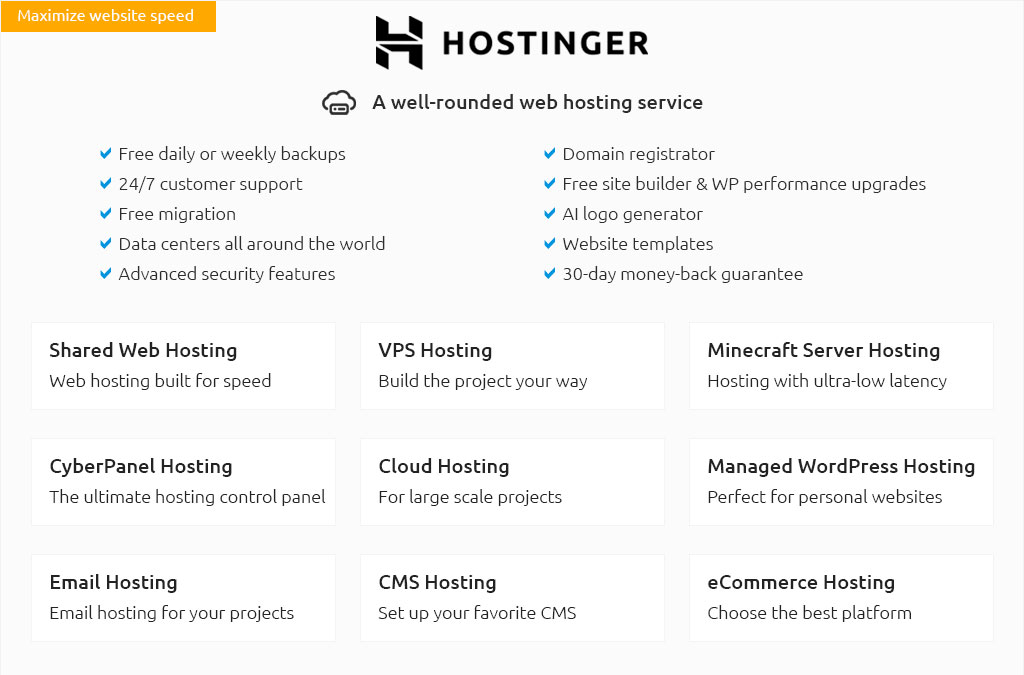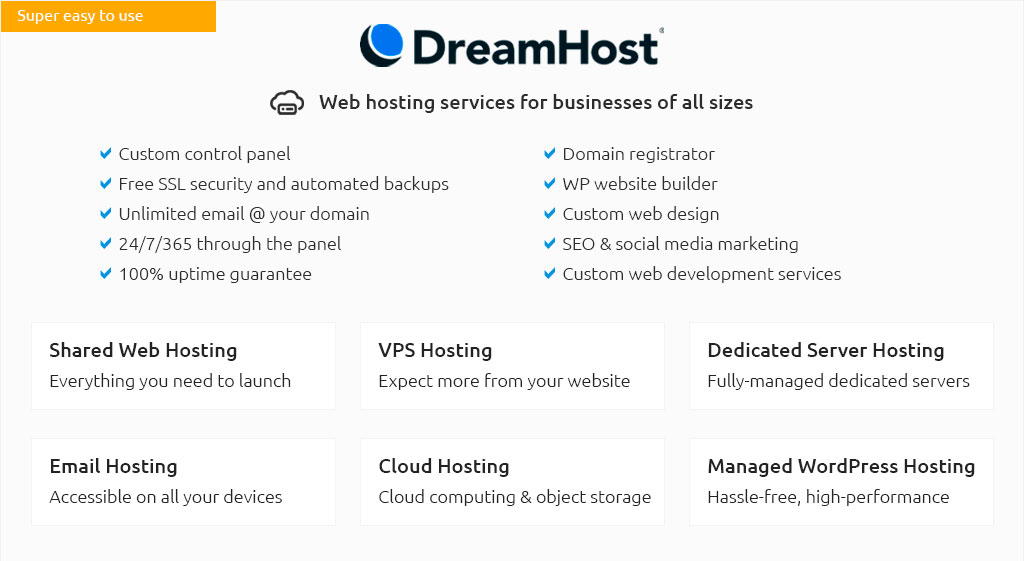 |
|||
 |
 |
 |
|
 |
|
 |
 |
 |
|||
 |
|||
 |
|||
 |
|||
 |
 |
Understanding the Costs of AWS Cloud ServersWhen considering the landscape of cloud computing, the name Amazon Web Services (AWS) inevitably emerges as a dominant force. Renowned for its comprehensive suite of services, AWS offers businesses of all sizes the flexibility and scalability needed to thrive in today’s fast-paced digital environment. However, one must not overlook the intricacies involved in navigating the cost structure associated with AWS cloud servers. This exploration aims to shed light on these complexities while offering subtle insights into optimizing your cloud expenditures. At the heart of AWS's pricing model lies the concept of pay-as-you-go, a principle that has both advantages and potential pitfalls. On the one hand, businesses enjoy the liberty of scaling resources up or down based on demand, thereby potentially reducing unnecessary expenditure. On the other hand, without vigilant monitoring and strategic planning, costs can quickly spiral out of control. The multitude of services, from EC2 instances to S3 storage, each with their own pricing tiers and options, requires a keen understanding to manage effectively.
While AWS provides cost calculators and budget alerts to assist users in managing their expenses, it remains crucial for organizations to adopt a proactive approach. Engaging in regular cost reviews and employing cloud optimization tools can help identify unused resources and optimize existing ones. Furthermore, embracing a culture of financial accountability across teams ensures that every department understands the financial implications of their cloud usage, thus fostering a collective effort towards cost efficiency. In conclusion, the AWS cloud server cost structure is not merely a financial consideration but a strategic one. By understanding the nuances of AWS pricing and aligning them with your organizational goals, you can harness the full potential of cloud computing without unnecessary financial strain. The journey towards cost-effective cloud usage is ongoing and requires both technical acumen and strategic foresight. https://aws.amazon.com/pricing/
AWS offers you a pay-as-you-go approach for pricing for the vast majority of our cloud services. With AWS you pay only for the individual services you need. https://aws.amazon.com/cloud-directory/pricing/
Amazon Cloud Directory Pricing ; $2.25. 10 total GBs allocated 1 free tier GB = 9 billable GBs. 9 GB x $0.25 per GB = $2.25 per month - $0.44 ; $2.50. 10 GB x ... https://www.reddit.com/r/aws/comments/95ju75/how_much_are_you_being_billed_for_your_aws/
Cloud computing isn't meant to be cheap, is meant to be ... Windows Server Cost for EC2? 2 upvotes 7 comments. r/aws icon. r/aws.
|